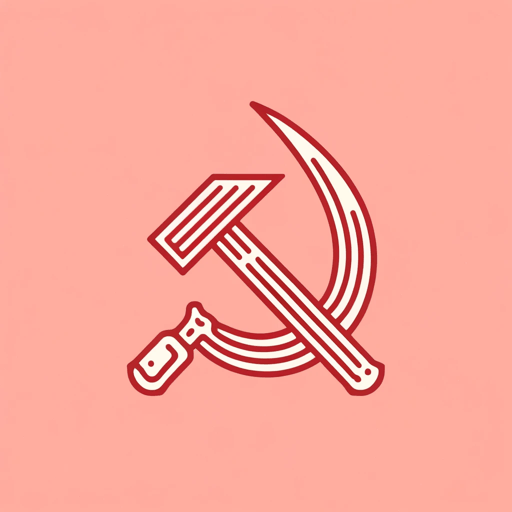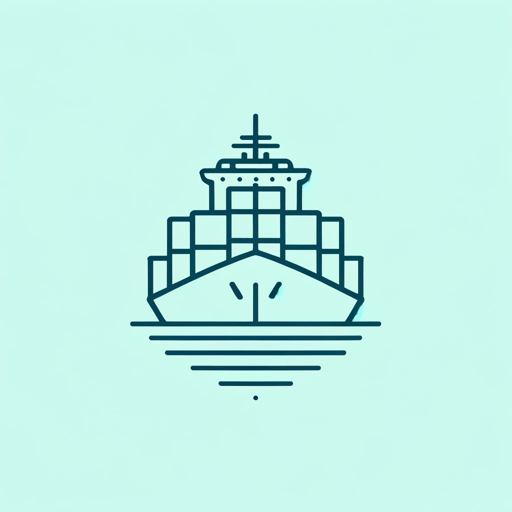45 pages • 1 hour read
Vladimir LeninThe State and Revolution
Nonfiction | Book | Adult | Published in 1917A modern alternative to SparkNotes and CliffsNotes, SuperSummary offers high-quality Study Guides with detailed chapter summaries and analysis of major themes, characters, and more.
Key Figures
Vladimir Lenin
Vladimir Ilych Ulyanov, later known as Lenin, was a Russian political theorist and revolutionary who became the leader of the world’s first communist state in 1917. He was born in Simbirsk, along the Volga River, on April 22, 1870. His hometown would later be renamed Ulyanovsk in his honor.
Lenin was born into a tumultuous period in Russian politics. When Lenin was 11 years old, Tsar Alexander II was assassinated by a group of revolutionaries known as narodniks (roughly translated as “populists”). His successor, Alexander III, undertook a brutal crackdown against all dissent. In 1886, Alexander III’s government arrested, tried, and hanged Lenin’s older brother Alexander for anti-government activity.
Lenin moved to St. Petersburg 1893, where he joined a Marxist group known as the Social Democrats. He was arrested for sedition and spent several years in exile in Siberia. In 1900 Lenin went into exile in Europe, where he could disseminate his ideas and organize groups with relatively greater freedom. Taking the name “Lenin”—likely a reference to the Lena River—Lenin became the champion of a small vanguard of highly-motivated Marxist revolutionaries. He spent these years writing works of revolutionary theory and engaging in political activism. When World War I broke out in 1914, Lenin strongly criticized socialists who backed the war effort instead of adhering to internationalist principles.
Related Titles
By Vladimir Lenin


